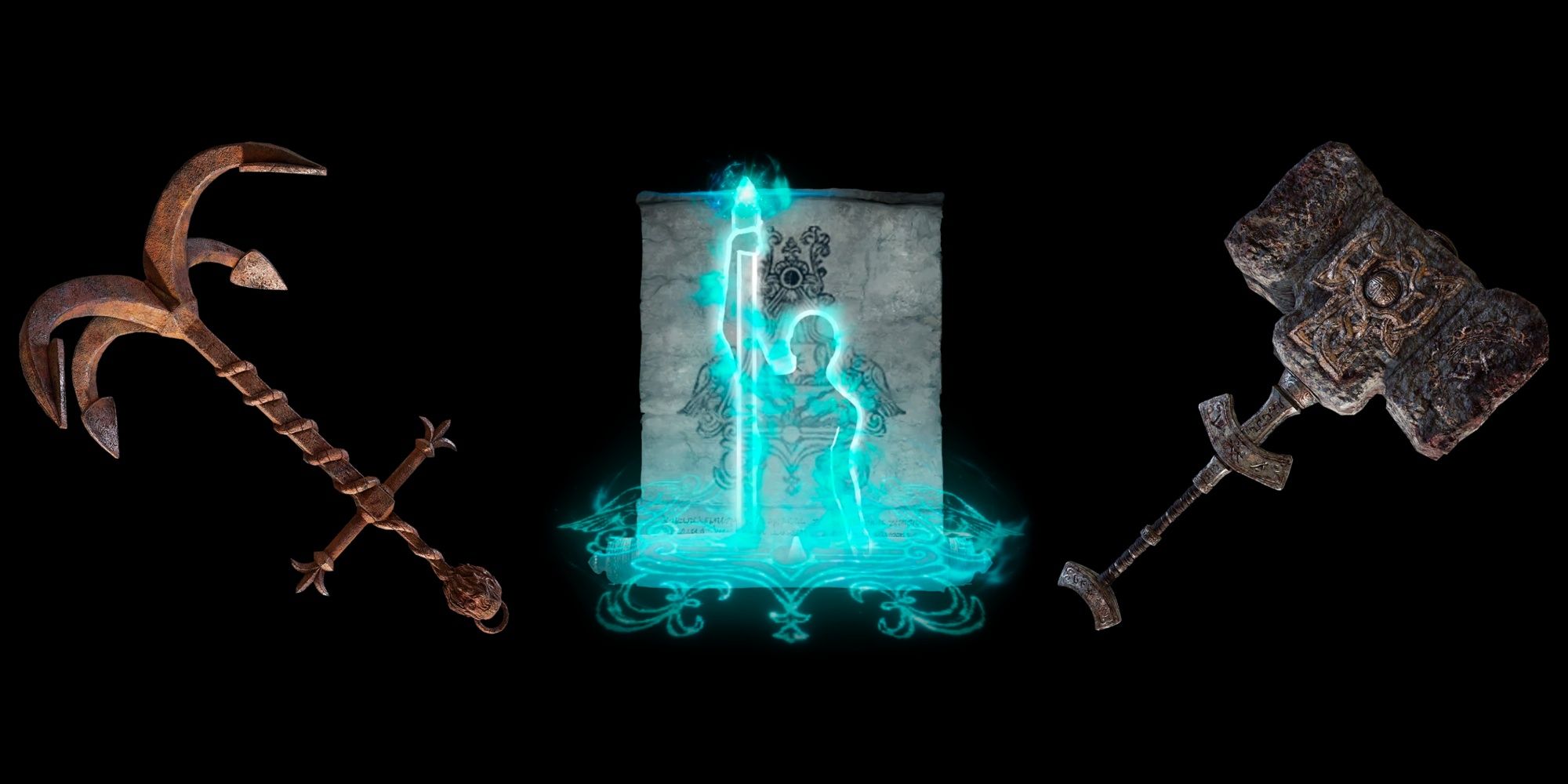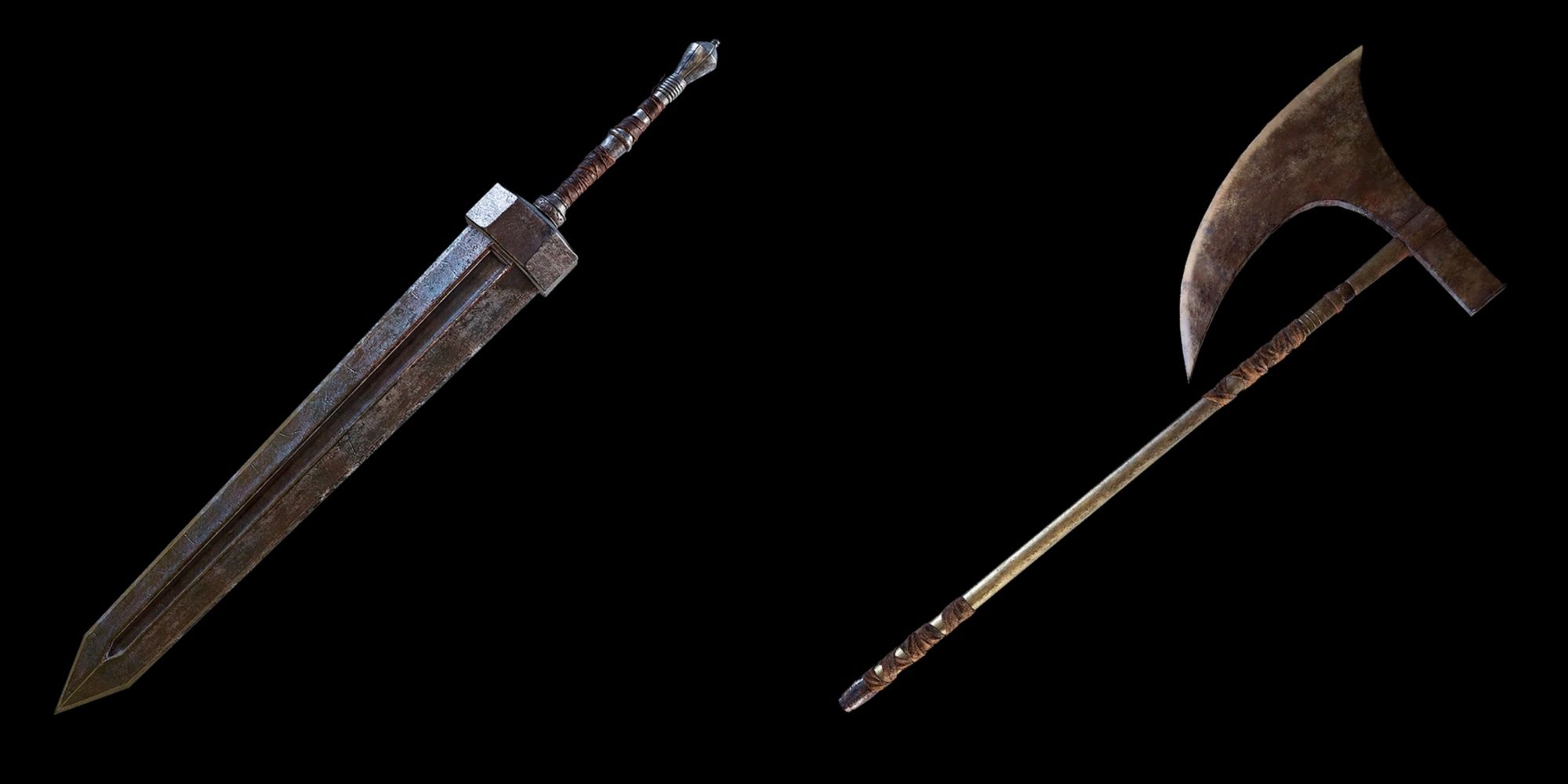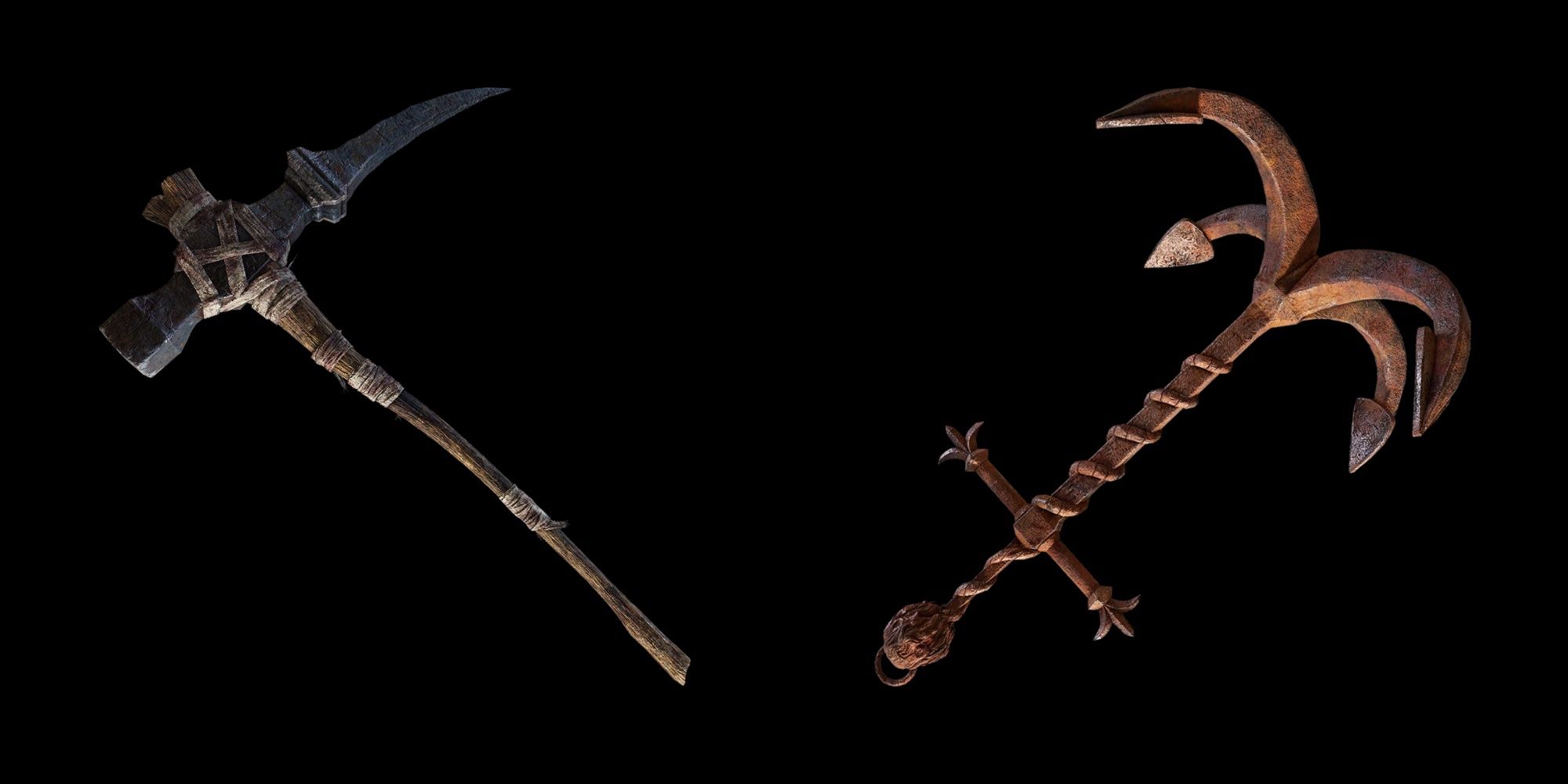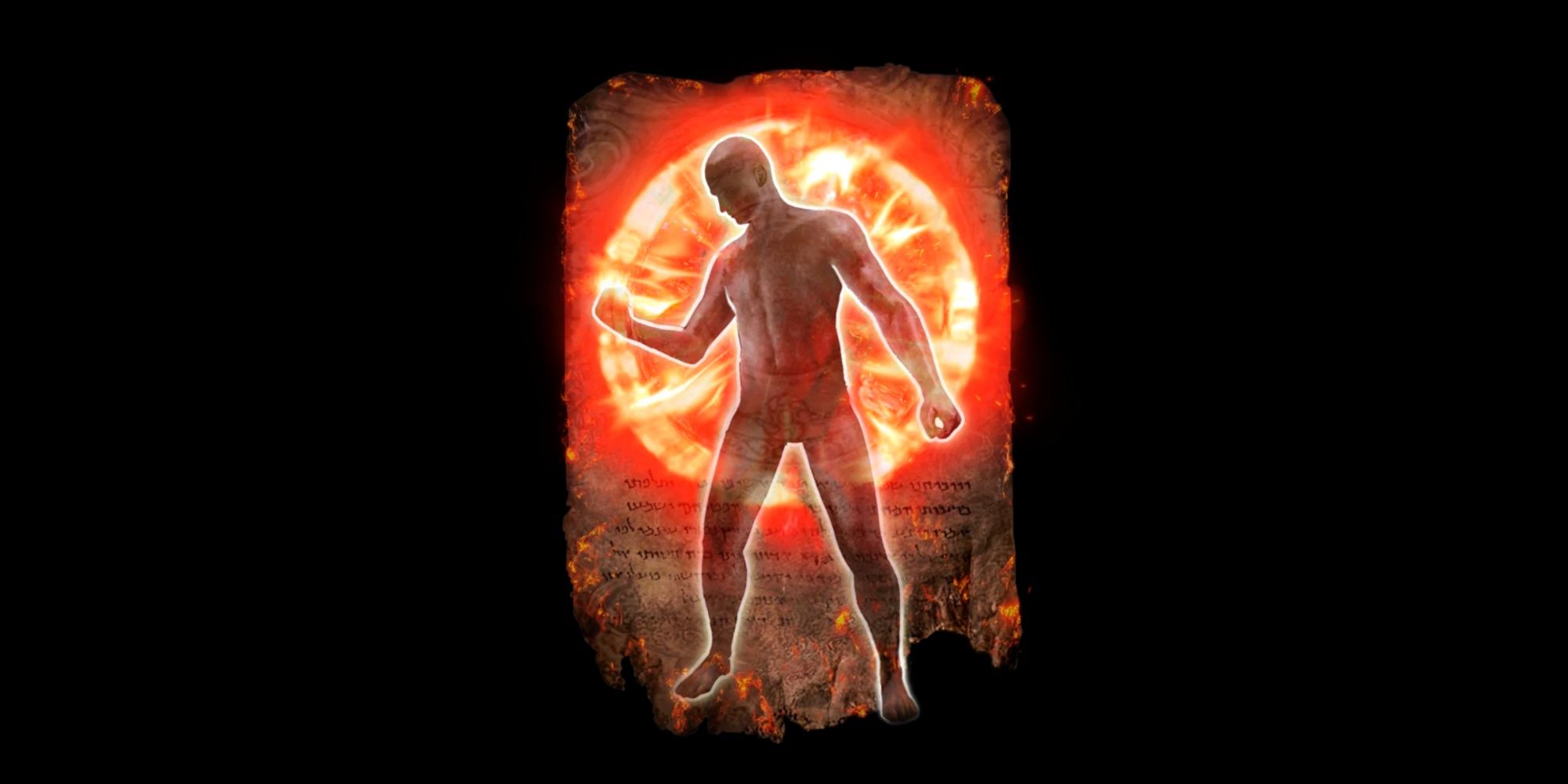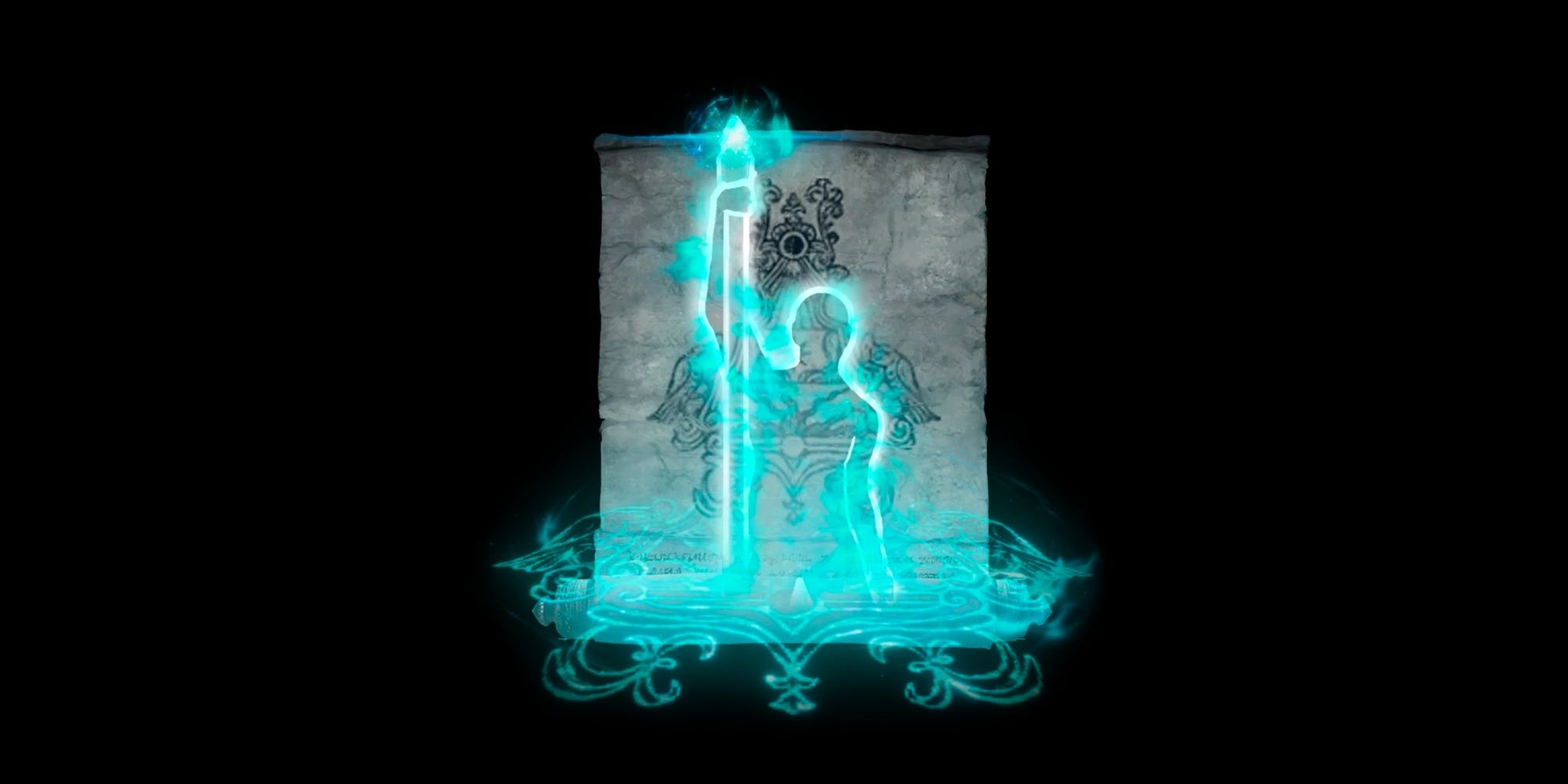One of the most important things you can do in Elden Ring (and in a lot of video games) is deal damage — and the game provides you with a wide variety of ways to do so. That, of course, includes the various weapons and spells, but also the multiple different damage types available to you, ranging from burning flames to simple blunt-force trauma.
Each is better against certain enemies than others, can be buffed in a variety of different ways, and some even have unique properties that make them worth using in specific scenarios. This list will help you decide which damage types are the most potent, and which you should probably avoid.
8 Holy Damage
The biggest advantage Holy damage has is that it is extremely effective against Undead. That includes enemies like Skeletons, Deathbirds, and Tibia Mariners. And, like all of the non-Physical damage types, it has a Scorpion Charm Talisman and a Shrouding Cracked Tear associated with it, allowing you to boost its damage significantly.
However, Holy damage suffers from a fairly substantial drawback: pretty much every important boss is resistant to it. Some of them, like Maliketh and Radagon/Elden Beast are almost completely immune. To an extent, that makes sense, since Marika and her entire lineage are closely tied to the 'Holy' concept, but it does make it extremely difficult for the damage type to find value. As such, while it has its uses against specific enemies, Holy damage is rather challenging to use as your main option throughout the game.
7 Strike Damage
Sometimes in Elden Ring, you just want to whack your opponent with a blunt object. And that’s exactly what Strike damage is for. The primary damage type of Hammers and Fists, it’s particularly effective against enemies with rock-like exteriors, like Crystalians or the Miners you can find in tunnels across the Lands Between.
One particularly misleading exception are the Fallingstar Beasts, which have a blanket resistance to all Physical damage types despite very much appearing to be made of some sort of stone. Still, if you’re exploring one of Elden Ring’s many mines, consider grabbing a mace.
6 Slash Damage
Slash damage is the damage type of slicing, using bladed weapons like Curved Swords, Reapers, and Katanas. As a general rule, it’s stronger against enemies that lack armor. That list not only includes animals and plant-like enemies, but also quite a few bosses, such as the Fire Giant, Godfrey’s second phase, and Margit/Morgott.
On the other hand, Slash damage is going to struggle against anything with armor, either of the natural or literal variety, such as Gargoyles, Ancient Dragons, and the many varieties of Knights populating the Lands Between. As a result, it's important to pick your battles carefully.
5 Standard Damage
Standard damage is a rather unusual concept. After all, what’s the difference between Standard and Physical, anyway? In actuality, Standard damage is a blanket term for any Physical damage that isn’t Strike, Slash, or Pierce. That includes many heavy, bladed weapons, like Axes, Halberds, or Colossal Swords, along with most of the Physical-damage spells, like Rotten Breath or Rock Sling.
As you might expect from what is Elden Ring’s most basic damage type, few enemies are weak to it, except those that struggle to deal with Physical damage of any kind. However, there are also few enemies that resist it in any significant way (unless, again, they have blanket resistances against Physical damage). As a result, if you’re looking for a dependable damage type that you won’t need to switch up often, Standard is your best friend.
4 Lightning Damage
Lightning damage isn’t as buffable as Fire or Magic damage, but it also lacks the same number of enemies resistant to it as Holy damage. Even the bosses that have strong Lightning defenses, like the Draconic Tree Sentinel or the various Ancient Dragons, are resistant to most types of Elemental damage anyway. That more than makes up for the fact that relatively few enemies are weak against Lightning, although it is strong against Abductor Virgins, a particularly nasty foe.
One interesting advantage Lightning damage does have is that it deals more damage in the rain or in water, and some spells and ranged attacks actually trigger an area of effect if they hit water. As a result, if you’re fighting in a lake or it’s a rainy day, it might be worth switching to either some Lightning-based spells or a weapon with the Lightning Affinity for an extra boost.
3 Pierce Damage
Pierce damage, commonly dealt by poking weapons like Spears or Thrusting Swords, is special among the Physical damage subtypes in that it has a unique property exclusive to it: counterattacks. Striking an enemy with a Pierce weapon while they are mid-attack causes them to take 30 percent more damage. And you can increase that by an additional 15 percent if you have the Spear Talisman equipped.
A particularly fun way to utilize this is with the Pickaxe or the Rusted Anchor — heavy weapons that deal Pierce damage. Combine them either with a Shield or Heavy Armor, and swing at bosses with wild abandon, slamming your weapons into each other until one of you dies. It’s a rather unintuitive playstyle, but a surprisingly effective one.
2 Fire Damage
There are a lot of reasons to like Fire damage. It is highly effective against natural creatures, including animals like the various dogs and anything made of plant matter, like Tree Spirits and Erdtree Avatars. You can also use it to reset Frostbite. Most importantly, though, Fire is the most buffable damage type in the game, thanks in large part to the Flame, Grant Me Strength Incantation, which buffs both your Physical and Fire damage by an astonishing 20 percent.
And while some enemies are completely immune to the damage type, they are mostly limited to Volcano Manor: Burning Slugs, Man-Serpents, Abductor Virgins, and Magma Wyrms (also Iron Fist Alexander during your final battle with him). However, most Fire-based builds should have alternatives for dealing with these enemies. As a minor note, Fire also deals less damage while standing in water or in the rain, so keep an eye on the weather forecast before throwing a fireball.
1 Magic Damage
Magic damage isn’t exceptionally effective against anything in particular, but it is exceptionally easy to buff. You have the usual Shrouding Craked Tear and Scorpion Charm, but you also get Terra Magica, which increases any Magic Damage you deal by 35 percent. Yes, you need to be standing in one spot for it to work, but that’s a small price to pay for the single highest percentage-damage increase in the game.
It’s also pretty rare to find enemies that resist Magic damage. Several bosses, like the various Red Wolves of Radagon, Mohg, and Malekith have decent resistances, but the only one that you’ll really need to change your strategy for is Rennala, and she’s far from the Lands Between’s most challenging foe.

